Parameter#
- class gammapy.modeling.Parameter(name, value, unit='', scale=1, min=nan, max=nan, frozen=False, error=0, scan_min=None, scan_max=None, scan_n_values=11, scan_n_sigma=2, scan_values=None, scale_method='scale10', interp='lin', prior=None)[source]#
Bases:
objectA model parameter.
Note that the parameter value has been split into a factor and scale like this:
value = factor x scale
Users should interact with the
value,quantityorminandmaxproperties and consider the fact that there is afactor`andscalean implementation detail.That was introduced for numerical stability in parameter and error estimation methods, only in the Gammapy optimiser interface do we interact with the
factor,factor_minandfactor_maxproperties, i.e. the optimiser “sees” the well-scaled problem.- Parameters:
- namestr
Name.
- valuefloat or
Quantity Value.
- scalefloat, optional
Scale (sometimes used in fitting).
- unit
Unitor str, optional Unit.
- minfloat, optional
Minimum (sometimes used in fitting).
- maxfloat, optional
Maximum (sometimes used in fitting).
- frozenbool, optional
Frozen (used in fitting).
- errorfloat
Parameter error.
- scan_minfloat
Minimum value for the parameter scan. Overwrites scan_n_sigma.
- scan_maxfloat
Minimum value for the parameter scan. Overwrites scan_n_sigma.
- scan_n_values: int
Number of values to be used for the parameter scan.
- scan_n_sigmaint
Number of sigmas to scan.
- scan_values: `numpy.array`
Scan values. Overwrites all the scan keywords before.
- scale_method{‘scale10’, ‘factor1’, None}
Method used to set
factorandscale.- interp{“lin”, “sqrt”, “log”}
Parameter scaling to use for the scan.
- prior
Prior Prior set on the parameter.
Attributes Summary
Confidence maximum value as a
float.Confidence minimum value as a
float.Factor as a float.
Factor maximum as a float.
Factor minimum as a float.
Frozen (used in fitting) (bool).
Maximum as a float.
Minimum as a float.
Name as a string.
Prior applied to the parameter as a
Prior.Value times unit as a
Quantity.Scale as a float.
Method used to set
factorandscale.Stat scan maximum.
Stat scan minimum.
Stat scan n sigma.
Stat scan values as a
ndarray.Unit as a
Unitobject.Value = factor x scale (float).
Methods Summary
Autoscale the parameters.
Emit a warning or error if value is outside the minimum/maximum range.
copy()Deep copy.
to_dict()Convert to dictionary.
update_from_dict(data)Update parameters from a dictionary.
Attributes Documentation
- conf_max#
Confidence maximum value as a
float.Return parameter maximum if defined, otherwise return the scan_max.
- conf_min#
Confidence minimum value as a
float.Return parameter minimum if defined, otherwise return the scan_min.
- error#
- factor#
Factor as a float.
- factor_max#
Factor maximum as a float.
This
factor_max = max / scaleis for the optimizer interface.
- factor_min#
Factor minimum as a float.
This
factor_min = min / scaleis for the optimizer interface.
- frozen#
Frozen (used in fitting) (bool).
- max#
Maximum as a float.
- min#
Minimum as a float.
- name#
Name as a string.
- scale#
Scale as a float.
- scale_method#
Method used to set
factorandscale.
- scan_max#
Stat scan maximum.
- scan_min#
Stat scan minimum.
- scan_n_sigma#
Stat scan n sigma.
- type#
- value#
Value = factor x scale (float).
Methods Documentation
- autoscale()[source]#
Autoscale the parameters.
Set
factorandscaleaccording toscale_methodattribute.Available
scale_method.scale10setsscaleto power of 10, so that abs(factor) is in the range 1 to 10factor1setsfactor, scale = 1, value
In both cases the sign of value is stored in
factor, i.e. thescaleis always positive. Ifscale_methodis None the scaling is ignored.
